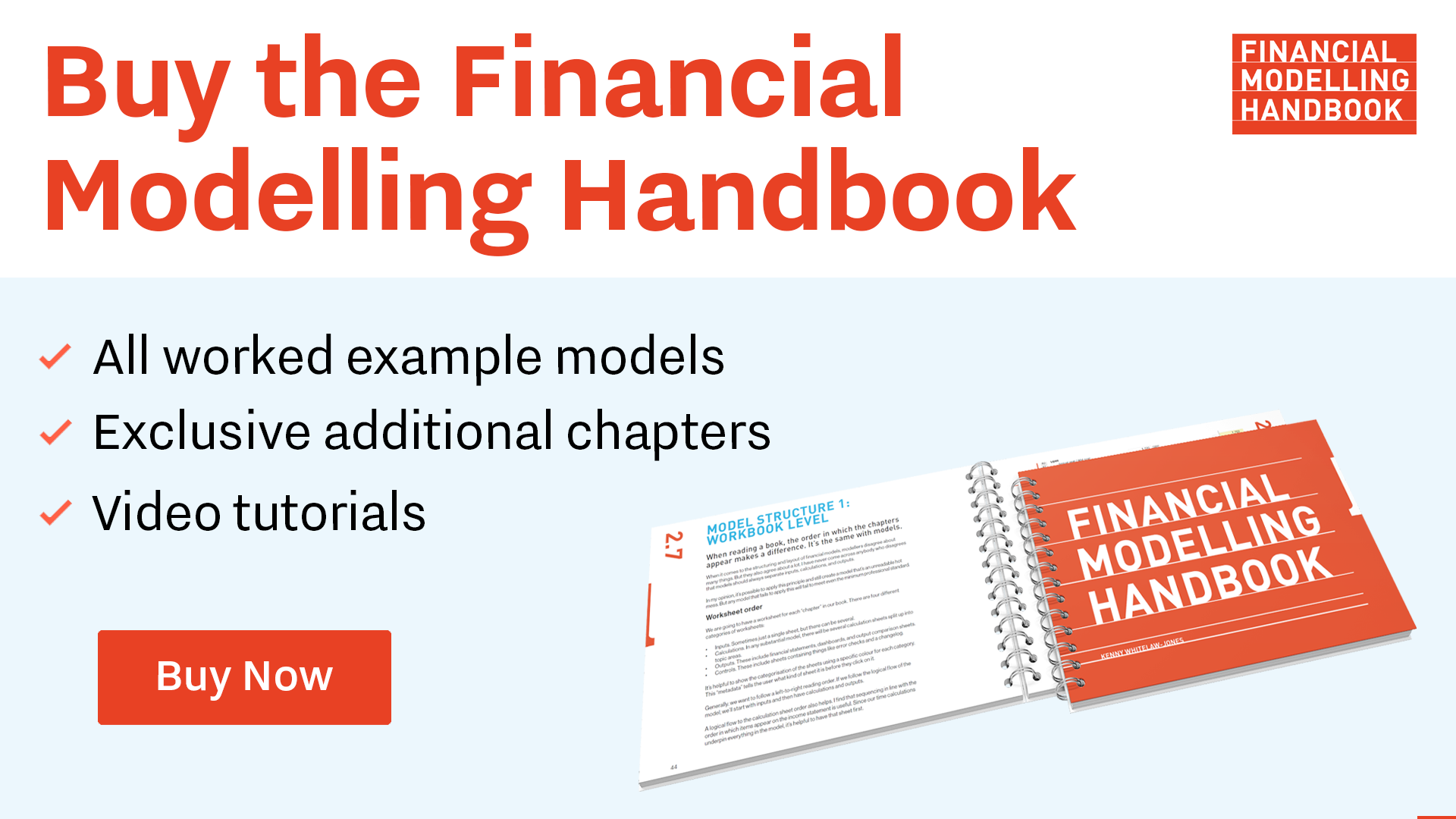How I stopped thinking about socks
I was wasting a day per year looking for socks. The solution was simple.
My house has two adults, four kids, a dog, two cats, and 16 chickens. Six humans active lives in the muddy English countryside is a recipe for a lot of laundry.
In particular, there are a lot of socks.
We each have around 20 pairs. With six of us, and each of us thankfully having two feet, there are about 240 socks in the house. Half of those socks, those belonging to me and my two sons, look very similar.
With my wife and I both running businesses and dealing with the logistical complexity of managing a rural taxi service for socially active teenagers, sorting socks into pairs is not something we can make much time for. And it's not that we haven't tried.
And so, my sock drawer was always a mess of random, unmatched socks.
This included my random unmatched socks, my sons' random unmatched socks, and occasionally, a random unmatched sock belonging to my 10-year-old daughter.
Every morning, I would open my sock drawer and sigh. I knew if I wanted two socks the same, I'd have to hunt through the drawer, hoping to find two that looked alike.
I know—first-world problems.
However, every day, I was wasting time on the process.
Not a lot of time, but enough to annoy me.
Even if it was 3 minutes a day spent on sock frustration, that's 18 hours a year. That’s two working days each year spent looking for socks. Two days. Every year of my life.
And more than that, it meant starting every day with irritation.
There are already enough irritations when you live with four kids, a dog, two cats, and 16 chickens.
Being an utter geek regarding workflow and productivity, I realised my sock problem was a systems problem.
A systems problem with three components.
How to tell my socks from those of other people in the house
How to keep matching socks together through the laundry process
How to find those matching socks in a jumbled drawer of socks
Here is my solution.
I threw away all my existing socks and bought ten pairs of identical, bright orange socks.
Doing this instantly solved my problem.
It's now possible to look at any pile of laundry and immediately see my own socks.
And because they are all the same, keeping pairs together no longer matters. Any of my socks will match with any others.
My workflow has gone from 3 minutes of frustration to 10 seconds. I put my hand in the drawer and pull out any two socks.
I have saved two working days per year by eliminating unnecessary thinking time. And I have added bright orange socks into the bargain.
What does this have to do with financial modelling?
You didn't buy this book to learn about my socks. You purchased this book to get better at financial modelling.
And here's what I've learned about that over the years:
Good modelling is about having a smooth and easy workflow.
Workflow is one part of an effective system. Good structure is the other part.
Standardising key components of a system helps to eliminate unnecessary thinking time.
Eliminating unnecessary thinking time leaves more time for what matters.
In our case, that means more time for analysis and supporting better decision-making.
This is why we build models in the first place.
These elements underpin everything I'm going to teach you in this book. And everything I've been teaching analysts in the world's leading banks, project developers and corporates for the last 10+ years.
This is not a grand unified theory of financial modelling.
I aim to share the components of a modelling system that I've found helpful and seen others benefit from.
An effective system will help you build better models, in less time, with fewer errors.
You might find that the system works for you right out of the box. If so, great. If not, feel free to adapt it to suit your style.
Many modellers would tell you to do the exact opposite of many of the things I recommend in this book. And that's OK. There are lots of ways to create a good system.
I hope you'll come up with ways to improve the system.
When you do, I'd love you to share them at the book's website -
https://www.financialmodellinghandbook.org

Comments
Sign in or become a Financial Modelling Handbook member to join the conversation.
Just enter your email below to get a log in link.